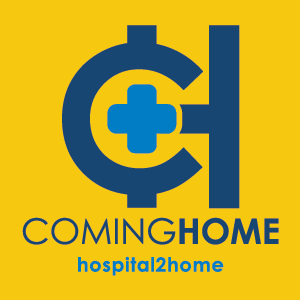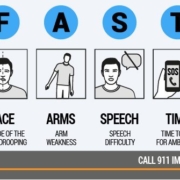Stroke symptoms
A lot of misleading information has been shared about stroke, before knowing Stroke symptoms it is important to first understand what is stroke?
This is a sudden interruption in the normal functioning of the brain, often resulting in slurred speech and loss of muscle control and feeling on one side of the body. Usually stroke occurs when the blood supply to part of your brain is interrupted or reduced, preventing brain tissue from getting oxygen and nutrients. Brain cells begin to die in minutes.
Coming Home Organization(CHO) helps to recognizing stroke symptoms
Since the medical management of a stroke varies depending on the length of time since stroke symptoms first appeared, and due to the fact that this will affect prognosis, prompt recognition of a stroke is extremely important.
How to recognize stroke symptoms?
Keep in mind that stroke symptoms usually start quite suddenly and get worse over time. You may be sitting at a table and suddenly be unable to hold your coffee cup or get your words out correctly.
Signs and stroke symptoms include:
- sudden onset of weakness on one side of the body and slurred speech or dysarthria, meaning, the inability to make your words come outright.
- A sudden change in the way you walk or feeling that one leg is not “acting right” can be a sign of stroke. Some patients also notice changes in their ability to see. Loss of balance is another common sign of stroke.
- Patients who have blood around their brain may complain that “they have the worst headache of their life”.
CHO has recognized a useful acronym to recognize and respond to stroke symptoms using the word FAST approach:
- F-Face
Drooping of one side of the face. Ask the person to smile and note if it is uneven.
- A-Arms
Weakness or numbness in one arm. Ask the person to lift both arms. Does one extremity drift downward or is the person unable to lift it?
- S-Speech
Difficulty in speech, is it slurred? Ask the person to repeat a phrase and note any changes in speech.
- T-Time
If any of these symptoms are present, it’s time to call 911 immediately. Also, take note of the time since symptoms onset, which will be required by doctors to decide on appropriate treatment.
CHO is committed to educating the public about stroke and other chronic diseases. Make sure to follow us on social media: Coming Home for extra tips.

